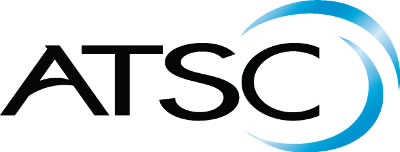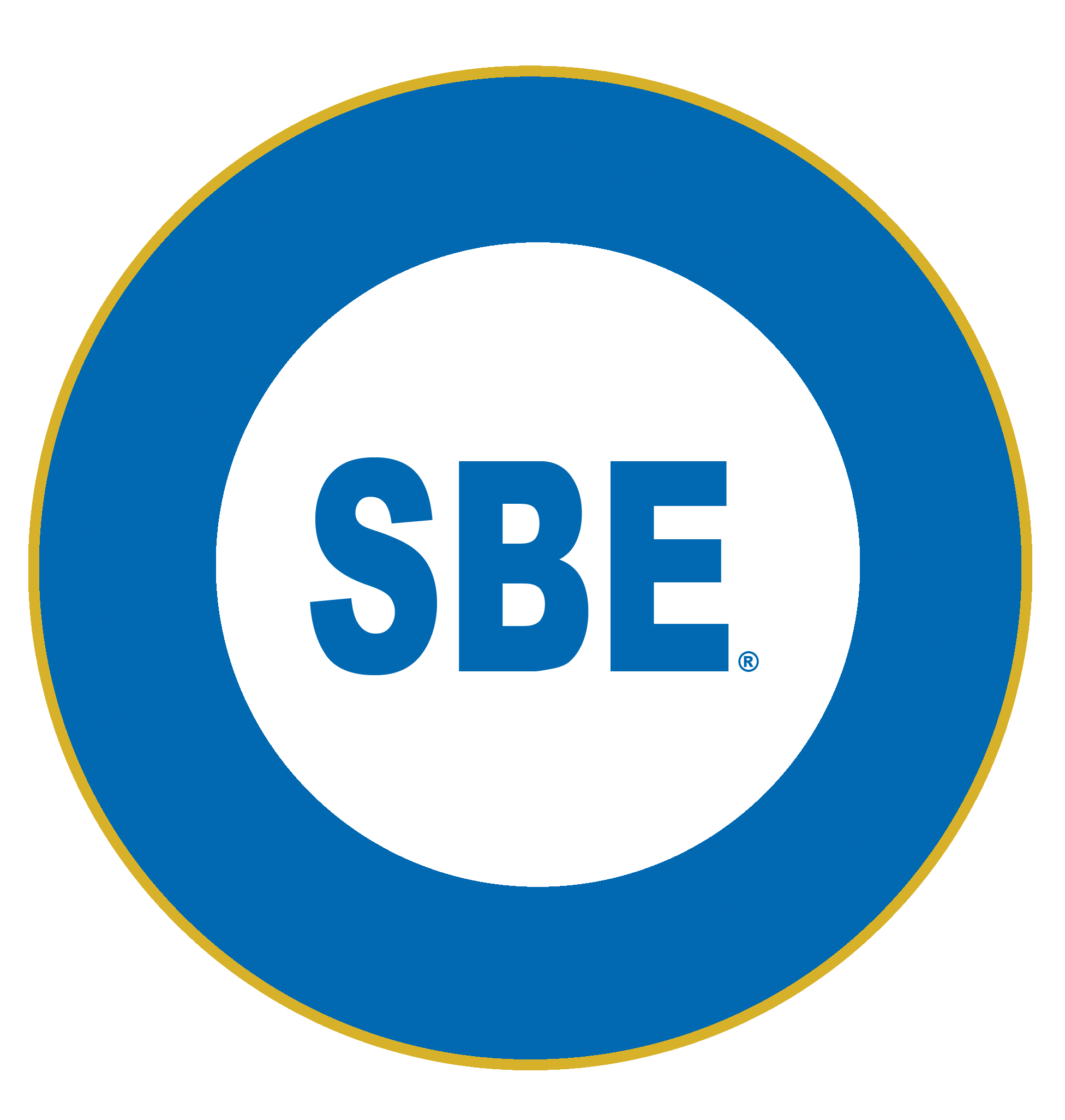News & Press
IEEE Broadcast Symposium Call for Papers – Abstracts Due May 1, 2019
Register Now for the IEEE Broadcast Technology Society’s (BTS) ATSC 3 Roadshow at PBS D.C. on May 31, 2019
The IEEE Broadcast Technology Society (BTS) Hosts the “IEEE Broadcast Society’s ATSC 3 Roadshow” at PBS TechCon 2019
February 12, 2019 12:21 PM Eastern Standard Time
The IEEE Broadcast Technology Society will be hosting the ATSC 3 Roadshow at PBS TechCon 2019. BTS will be hosting the one-day course on the new ATSC 3 digital television (DTV) transmission system, taught by expert Gary Sgrignoli of Meintel, Sgrignoli, and Wallace, the noted digital TV transmission consulting firm. The Broadcast Technology Society will be offering the ATSC 3 Roadshow course on several dates in locations throughout the United States.This course will develop a fundamental understanding of the ATSC 3 digital transmission system's Physical Layer, provide attendees with practical application ideas and update them regarding the progress of the spectrum repack and ATSC 3 deployment. Attending the IEEE Broadcast Technology Society's ATSC 3 Roadshow will earn attendees SBE credit towards re-certification and can facilitate preparation for the upcoming SBE ATSC 3 Specialist Certification exam.
WHERE: Flamingo Las Vegas, 3555 South Las Vegas Boulevard, Las Vegas, Nevada 89109, United States
BTS is Proud to Sponsor the IEEE Try Engineering Summer Institute
IEEE offers a great Summer Camp program, Try Engineering Summer Institue for high school aged children with an interest in becoming future Engineers. BTS is a proud Sponsor of this important program for the 2nd year! The goal of the program is to spark enthusiasm in engineering and technology in the next generation of the problem-solvers and difference-makers, and position these innovators for long-term success in academics and in life.
Organized in two-week sessions each summer, on three dynamic college campuses across the United States, the TryEngineering Summer Institute unites students from around the world-- co-ed, between 12-17 years old -- to:
- engage in hands-on design challenges
- experience the work firsthand with behind-the-scenes tours with real-life engineers
- discover not just what's happening today, but what's coming tomorrow, through conversations with renowned guest speakers and incredible Summer Institute counselors
Best Practices For ST 2110 Cybersecurity
They begin with network design
Internet of Radio-Light: Combining Visible Light and Millimeter Wave RF to Provide Ultra-Fast, Ubiquitous Indoor Broadband
IEEE BTS Explores Changes in Audio Technologies
Smart Speakers, 5G, Spectrum and more receive attention
James E O'Neal, Oct. 10
The first day of the IEEE Broadcast Technology Society’s 68th three-day Broadcast Symposium drilled deeply down into emerging “disruptive” technologies as they affect the broadcast platform.
INVASION OF THE SMART SPEAKERS
Heading the list was the rapid rise of “smart speaker” technology and their deployment in the consumer environment. In his presentation “The Broadcaster’s Place in the Smart Speaker Ecosystem,” the NAB’s Senior Director of Technology, Education and Outreach Brian Savoie noted that even though smart speakers were launched only about three years ago, their acceptance and popularity is really unprecedented. 
[Read: IEEE BTS Fall Broadcast Symposium Gets Down to Business]
“The adoption rate has been very rapid,” said Savoie. “It’s likely to be faster than that of any other consumer device in history.”
He noted that the smart speaker is becoming a gateway for connecting with many services that consumers routinely use, and advised broadcasters that “Alexa is coming to the car” and they needed to make plans to get on that platform. “A hybrid voice-controlled radio was demonstrated at the Orlando Radio Show a couple of weeks ago. It’s coming.” He added some broadcasters could already be ready without knowing it. “If you’re streaming, you may already be on the platform.”
SPECTRUM SHARING, 5G, PIRATE BROADCASTERS, AND MORE
First-day “disruptive” presentations ran the gamut from methodology for sharing of 2025–2110 MHz spectrum between the U.S. Department of Defense and television ENG crews to 5G wireless broadband technology and its possible impact on conventional over-the-air broadcasting. Hybrid over-the-air/internet broadcasting was also on the radar, with one presenter providing information on initial testing of methodology for transmitting not only sight and sound, but also smell, taste, and touch content to provide a completely immersive experience.
Even the first-day luncheon keynote address followed through on the theme with a slightly different aspect of disruptive technology — the concept of storytelling — with Dolby Laboratories’ Chief Scientist Poppy Crum, describing how new and changing media technologies have the potential to change the way storytellers interact with their audiences, and even the storytelling methodology itself.
Activities wrapped up with a presentation on “Pirate Radio and FCC Enforcement” from Charles Cooper, director of the FCC’s Field Division of the Enforcement Bureau. Cooper stated that enforcement of pirate operations has a very high priority at the FCC, and noted that during the past year, 242 notices of unlicensed operation had been issued, and that the highest possible monetary penalty had been issued in the case of a Florida pirate operation.
“We also referred several cases to the federal courts for equipment seizure,” he said.
The conference continues on Wednesday with sessions on AM/FM digital-only broadcasting, ATSC 3.0 and UHD television, and connected car radio.
IEEE BTS Fall Broadcast Symposium Gets Down to Business
For the 68th time, the opening gavel came down and the annual IEEE Broadcast Technology Society’s Fall Symposium got underway with opening remarks by the society’s president, Bill Hayes, and event co-chair Bob Weller describing the day’s conference theme of “Disruptive Technologies in the Broadcast Space.”
“Artificial Intelligence, blockchain, the cloud, immersive technologies and are all examples of these,” said Weller. “Keeping broadcast front and center on the automobile dashboard in the face of Pandora and other streaming services has become a focus of the radio side of our industry. This means offering more choices, and we’ll be hearing about all-digital AM and all-digital-FM implementations that do just that, as well as a panel session on the connected car.”
The three-day symposium is being held at the Key Bridge Marriott Hotel in Arlington, Va., just across the Potomac River from the nation’s capital.
Dr. Uma Jayaram, Principal Engineer and Managing Director of Engineering at Intel Sports will be joining the Broadcast Technology Society as a Keynote Speaker on Virtual Reality, Thursday, October 11, 2018 at the 2018 IEEE Broadcast Symposium
Contacts
IEEE Broadcast Technology Society
Margaux Toral, Society Promotions & Marketing Manager
732-981-3455
m.toral@ieee.org
IEEE BTS AND SBE PARTNER WITH ATSC TO EDUCATE INDUSTRY ABOUT NEXT GEN TV



WASHINGTON, Sept. 7, 2018 – The IEEE Broadcast Technology Society (BTS) and the Society of








